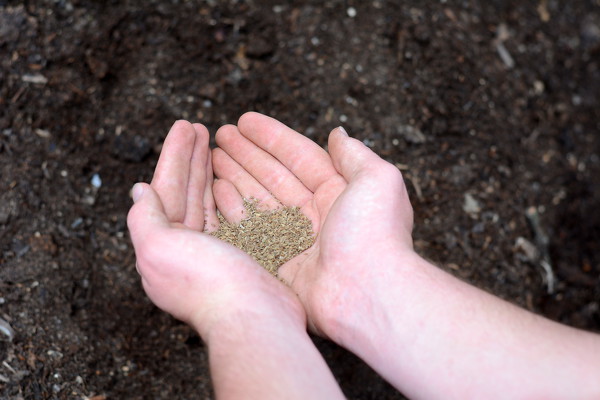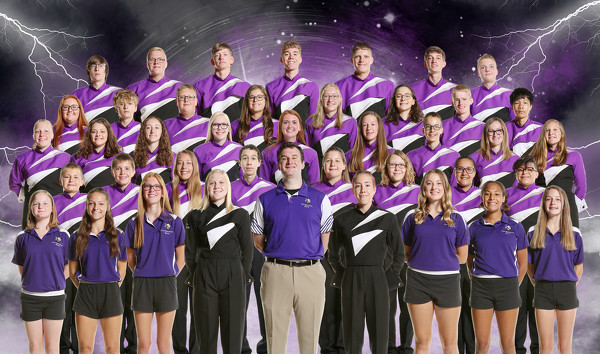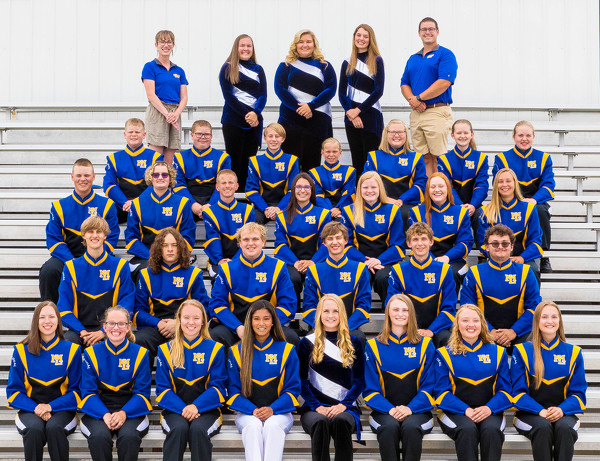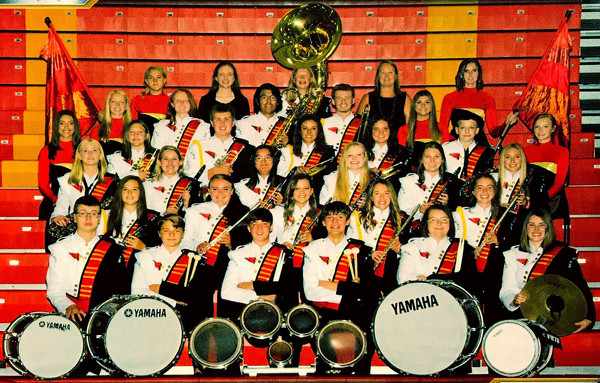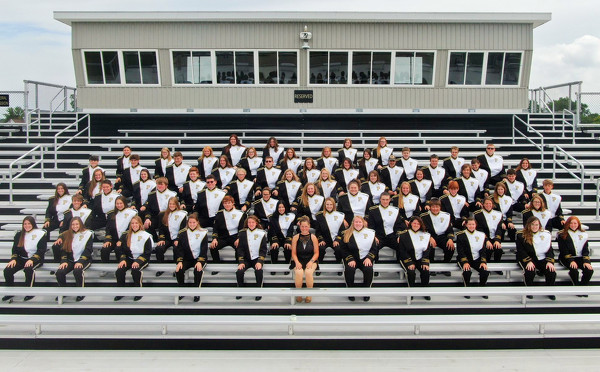Thursday, October 1st, 2020
Bird-friendly habitats
Expert says the right plants will bring back birds
By Leslie Gartrell
CELINA - Ohioans can bring songbirds and hummingbirds into the backyard with "birdscaping" - landscaping lawns and gardens with native plants.
Marne Titchenell, an Ohio State University Extension wildlife program specialist, spoke online Wednesday evening during the final Mercer County OSU Extension lawn and garden talk for 2020.
"Given the value we place on birds and the fact that many species are declining, we need to take steps now to provide habitat for birds," Titchenell said in an email before the presentation. "Habitat can be provided no matter where you live - rural to urban."
Of all birds, 5,300 species are songbirds, such as warblers, chickadees, swallows, orioles, blackbirds, finches, jays and wrens, Titchenell said. Ohio is home to only one type of hummingbird, which is the ruby-throated hummingbird.
Titchenell said bringing birds into the backyard has plenty of value. Around one in five adults in the U.S. take time to watch birds, whether it be with binoculars or over a morning cup of coffee, she said. And birds are great for pest management, pollination and seed dispersal.
A bird-friendly habitat should be diverse in plants and offer a combination of characteristics, such as flowers that are nectar-rich, trees or bushes that provide shade from heat, plants with thorns or spines to protect birds from predators or plants that produce fruits, seeds or nuts for food, she said.
A variety of native plants will attract the greatest diversity of bird species, Titchenell said. Plants that bloom and provide food in different seasons throughout the year are also beneficial to birds.
Herbaceous plants are a great source of seeds, insects and nesting material, she continued, saying a variety of native plants are already in many Ohioans' backyards. Sunflowers, black-eyed Susan, coneflower, milkweed and ironweed will not only attract birds but also butterflies and other wildlife.
Hummingbirds prefer plants such as foxglove, great blue lobelia, cardinal flower, beebalms and jewelweed. Titchenell said hummingbirds typically choose flowers that are tubular, horizontally positioned and often red and/or orange in color.
Shrubs can provide food, shelter and nesting material for native and migratory birds, she said. Holly, red osier dogwood and viburnum shrubs often provide beautiful blooms or berries for birds.
Coniferous trees such as spruces and eastern red cedar provide winter cover and food. Deciduous trees such as flowering dogwood and serviceberry trees are also great sources of cover and food.
Titchenell said her favorite tree may be the serviceberry, which she said birds near her home pick clean as soon as the berries ripen. The berries also are edible by humans and have a slightly sweet flavor, she added.
Hummingbirds are partial to trees such as bottlebrush buckeye, red buckeye and yellow poplar. River birch trees attract finches, nuthatches and woodpeckers and also are attractive to butterflies and moths. Oak, willow, cherry, plum and birch trees provide both food and shelter for birds such as red-eyed vireos, black-capped chickadees and bluejays.
"Putting plants out there, trees especially, that are known to support a lot of butterflies, moths and skippers is definitely a good thing to do," Titchenell said. "Especially if you want to provide habitat to some of those birds that migrate."
She said the more a yard reflects the diversity and structure of nature, the better it will support wildlife. People can also leave their plants standing at the end of their season to support spring migrants and year-round residents that are looking for last season's seeds, bugs and nesting material.
People should also consider providing winter habitats for birds.
Shrubs such as holly and viburnums and trees such as crabapples, choke cherries, sumac, hawthorn and coniferous varieties provide food and shelter for the year-round residents, Titchenell said.
Landscapes with high native plant diversity are at less risk of pest outbreaks, Titchenell said. Native plants, including flowering perennials, invite more beneficial insects and predators.
For the folks looking to add non-plant additions to their yards to invite more birds, a variety of bird feeders at various heights placed near shrubs or trees can help, Titchenell said. Birds also need water, so bird baths can be a welcome addition to any backyard.
Chickadees, titmice and finches prefer elevated feeders, while doves, sparrows and jays like feeders that are flat like tables. Ground feeders are well-liked by juncos, mourning doves and sparrows. And sunflower, safflower and suet seeds are all safe bets when it comes to seed preferences, she said.
While these non-plant additions can be helpful, Titchenell said a diverse yard with native plants should be the focus.
"Bird feeders and bird baths work to enhance, but the plants should be the backbone," she said.
